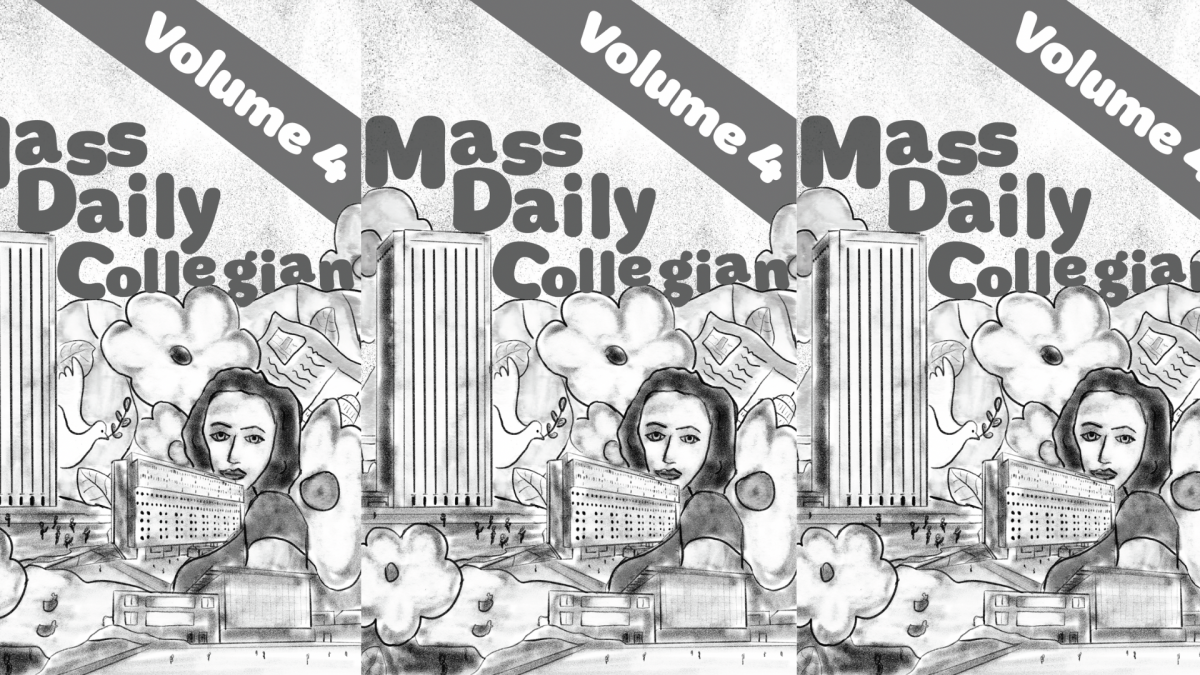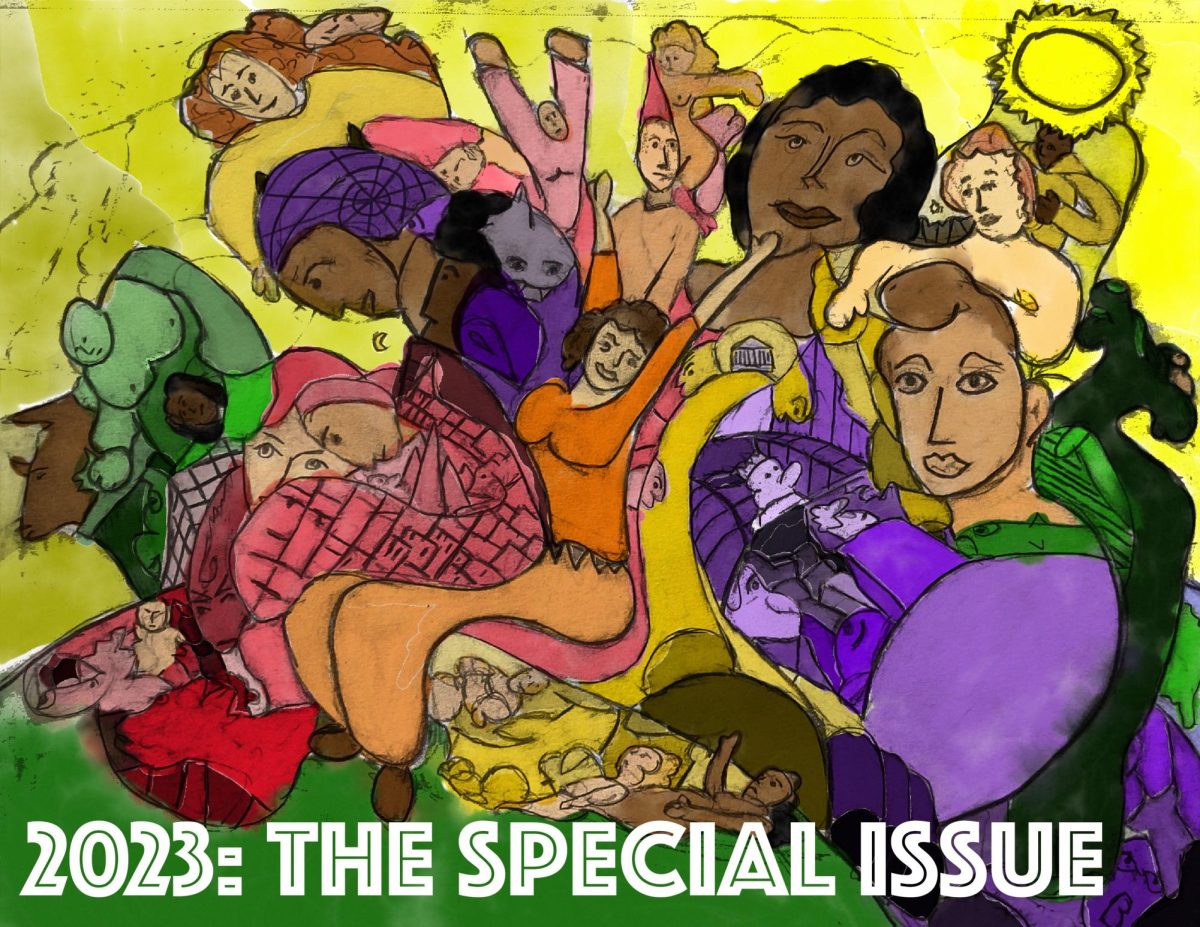Leading up to the 118th Congress, one of the most newsworthy races involved Maxwell Frost, the first member of “Gen Z” elected to the House of Representatives. A 25-year-old progressive activist, Frost represents a movement that the Democrats need to embrace if they are going to be viable in the coming years.
Every new cohort elected to Congress is increasingly diverse in terms of race, gender and ethnicity, yet the average age of an elected member of Congress is 58. The average age of a U.S. Senator is 64. For reference, the United States Census Bureau reports that the median age in the U.S. is 38. When examined deeper, the difference between incumbents and freshman members is significant, particularly down party lines.
According to the Pew Research Center, the median age of freshman members is actually slightly lower for Democrats than Republicans. However, data regarding the breakdown between incumbent and freshman members paints a different picture: in 2022, more than 90 percent of U.S. House members won re-election in their seats. Clearly, incumbent numbers are far more accurate in judging the age of Congress. The median age of an incumbent for a Republican is 59.1, whereas the median age of an incumbent for a Democrat is 61.4.
Parties are often defined by their leadership, and the age demographic of House and Senate leadership deserves a historical deep dive. Nancy Pelosi, a Democrat from California, became the first female Speaker of the House in 2007 and continued to serve in leadership through the 117th Congress. Pelosi, a figurehead of the party and a significant fundraiser, has been in the United States House of Representatives since 1987. Chuck Schumer, the Senate Majority Leader from New York, entered the Senate in 1999 after serving in the House of Representatives since 1981. Republicans, amid internal tension, have similar issues in the Senate, with Minority Leader Mitch McConnell having served since 1985. But Kevin McCarthy, the recently-elected Speaker of the House (albeit despite requiring 15 ballots to secure the position), has only been in Congress since 2007.
There is an argument to be made that the savviest and most powerful leaders, particularly in politics, must have the necessary experience to be able to be in the big leagues. President Biden’s recent State of the Union was a perfect display of legislative craftsmanship with him actively discoursing with Republicans on Medicare and Social Security changes; Biden’s keen understanding of the way to debate in Congress was due to his decades of experience in the U.S. Senate.
The Democratic Party, however, is at a messaging crossroads. Amid Republican campaigns on fear, Democratic candidates are often left trying to generate policy proposals on farfetched conspiracy theories or discriminatory social platforms. While attempting to engage in meaningful policy dialogue, Democrats are missing their most successful tool against hate and fear: hope.
Former President Barack Obama, then a U.S. Senator from Illinois, announced his intention to run for the Democratic nomination for President in 2007, stating, “It was here, in Springfield, where North, South, East, and West come together that I was reminded of the essential decency of the American people — where I came to believe that through this decency, we can build a more hopeful America.”
Obama was elected to the Senate in 2005, but was brought to the national spotlight in 2004 following his keynote address to the Democratic National Convention as an Illinois state senator. In his address, Obama argued that the American people must hold on to hope over cynicism. Obama himself explained that this hope was not blind optimism. Instead, he argued that hope gives him confidence that the United States can meet the challenges it may face.
“Hope! Hope in the face of difficulty! Hope in the face of uncertainty! The audacity of hope! In the end, that is God’s greatest gift to us, the bedrock of this nation. A belief in things not seen. A belief that there are better days ahead,” he told the convention.
Obama’s message of hope is often lacking in today’s political rhetoric. The country has slipped into a sense of national complacency; that is, while many see the numerous issues in this country as important, there isn’t anything that can be done due to the nature of the game. Policymakers often argue that there are laws, the balance of power and the fabric of American democracy at stake if we try to change the way we approach challenges. But just as Obama stated in 2007, the audacity of hope is the bedrock of the country.
What does this have to do with age? First off, those who have served for an extended period in Washington are obviously more likely to be older. “Drain the swamp” is a term often used by Republicans who are ideologically opposed to big government and find bureaucrats to be ineffective and stuck. They use this messaging platform to launch candidates outside the political atmosphere; often business leaders or conservative activists. While typically the message’s users are abhorrent and ignorant, I think that there is something to be said for Congressional leaders stuck in the world of Washington politics.
Less and less, Democratic leaders are investing time in local elections and community movements. Hillary Clinton infamously did not campaign in-person in Wisconsin and delayed her visit to Michigan until nearly November. These 26 electoral votes, which Democrats had not lost since 1988, flipped in favor of Donald Trump.
Secondly, the younger generation is brimming with hope. Pollsters found that in youth polls conducted in 2020, “83 percent say they believe young people have the power to change the country, 60 percent feel like they’re part of a movement that will vote to express its views and 79 percent of young people say the COVID-19 pandemic has helped them realize that politics impact their everyday lives.” Political commentators point to young people as the Democratic resistance to the “red wave” in the 2022 midterm elections.
Democrats cannot risk squandering the political activity of young people. In the upcoming 2024 election, an extensive amount of attention will be paid to President Biden’s prospective re-election campaign against potential candidate Florida Governor Ron DeSantis and former President Trump. However, not enough people are discussing the upcoming Senate elections. 20 Democrat-controlled seats, 11 Republican-controlled seats and three Independent seats are up for election.
To win, the party cannot lose sight of the electorate that fought off a Republican landslide in 2022. To do so, Democrats must review their communication strategies and offer a chance for a hopeful future.
Alex Genovese can be reached at [email protected] and followed on Twitter @alex_genovese1.




















